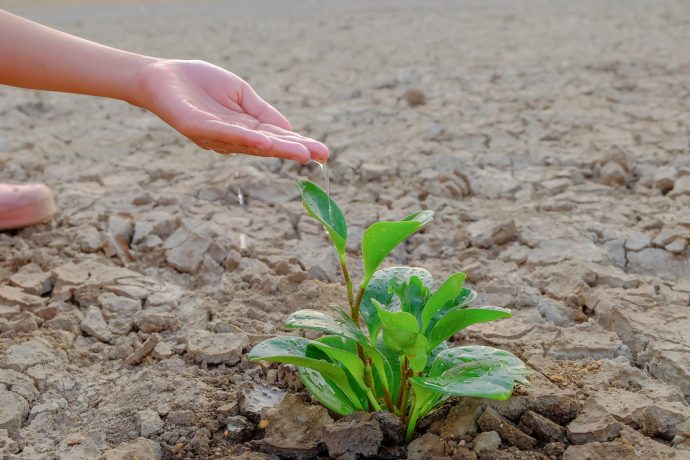Tear and wear are deterioration in quality over time. Any material thing can tear and wear, and plants are therefore not excluded. Tear and wear are caused when two surfaces continuously come into contact with each other or something in the environment. Any plant that contains moving pieces or is exposed to the environment has high chances of experiencing tear and wear. Also, being operational for 24 hours’ plants tend to deteriorate.

There are different types of wears, and understanding them helps in handling this situation. They are outlined below with their different causes:
- Abrasion–Happens when two materials rub each other against each other, removing the layers of a surface slowly.
- Cavitation– this happens when vapor bubbles form in low pressure. The pressure causes holing and pitting in the plant.
- Erosion– occurs by a surface getting worn out.
- Friction -Caused by two metal surfaces moving against each other.
Every plant needs a clear maintenance plan with consistent and frequent inspections to figure out the problem. There are two incidences when wear can be noticed. That is before it has caused a problem or after. However, waiting until the problem has occurred means more costs on repairs.
Below are significant ways to prevent a plant from tear and wear:
Operator Training
Many companies have bought costly machines, but they fail to train their employees. Machine operators must be well conversant with the machines. Companies should invest in this training to better their staff.
Check for Signs of Wear
Anytime a plant operator notices a sign of tear, they should perform the necessary replacement of worn-out parts. Also, age is a factor in monitoring any plant.
Keep the Plant Clean and Maintain its Environment
Plants have many seals and filters. These seals keep the machines clean and free of contamination. Therefore, they should be kept clean and changed regularly. Additionally, plants should be stored in closed areas free from wind and weather, which can cause rust.
Use Lubricants
Lubrication is one of the essential tips in plant protection. It should be done regularly on any moving part of the plant. One should be careful to use the right lubricant. Manufacturers of these lubricants give the right instruction on what to use for a specific plant.
Finally, companies dealing with plants can employ the use of acid brick flooring. The product has been successfully used in corrosive environments affecting plants and has significantly saved industries from the worry of tear and wear.

